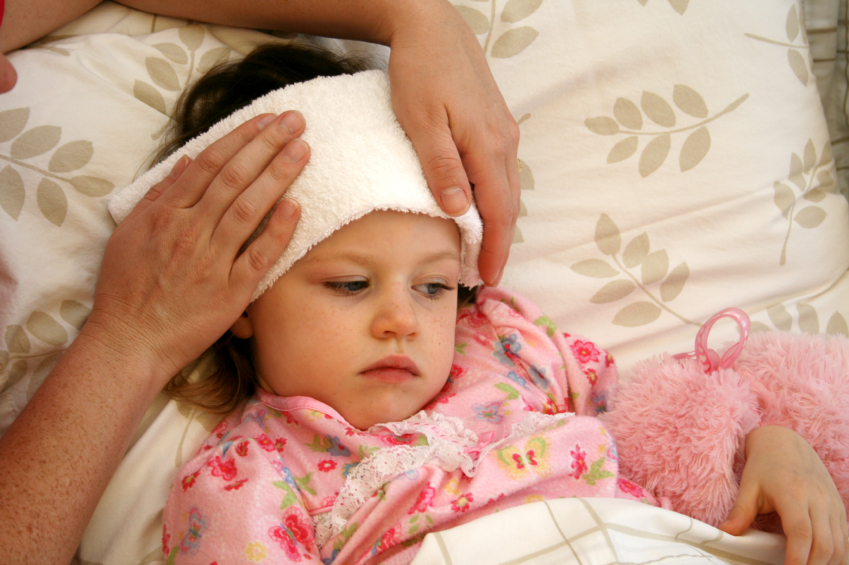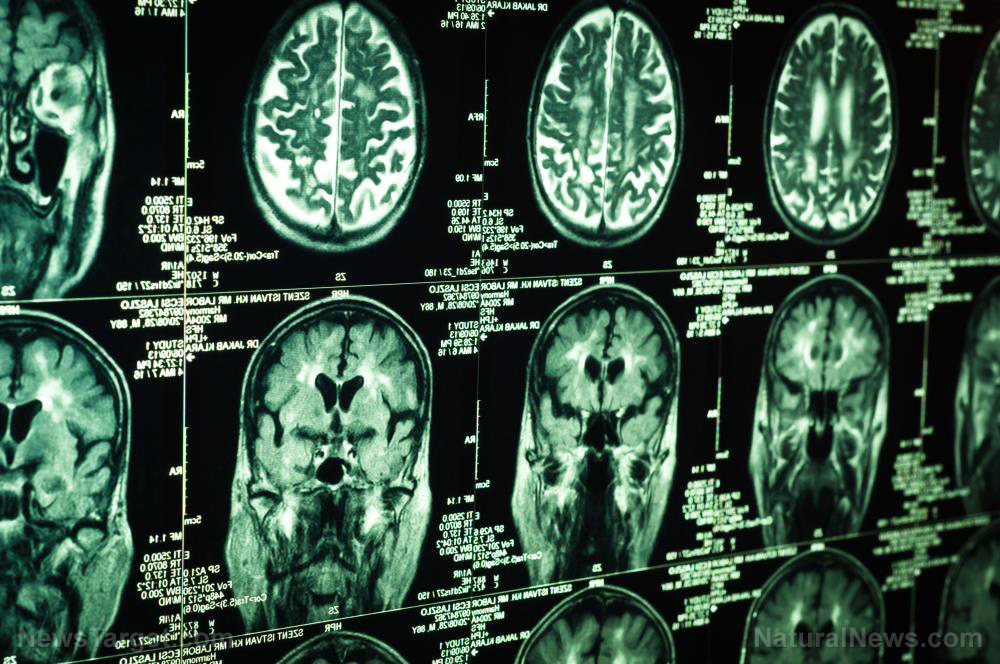
New peer-reviewed research has found that children who get too close to 5G wireless towers develop serious health problems such as chronic headaches, stomach pain, and difficulty sleeping.
Three children and their parents came down with these and other symptoms after vacationing at a summer home located just 125 meters away from a mobile phone tower with multiple 5G antennas.
Published in the journal Annals of Clinical and Medical Case Reports, the study reveals that the family members’ symptoms quickly subsided after they left the summer home and went back to their regular home, which is not located as close to 5G antennas.
The children, who ranged in age from four to eight, also developed emotional symptoms from being in close proximity to the 5G antennas. These include heightened irritability as the radiation inflamed their senses.
(Related: Both 5G and 4G wireless technology are linked to cell tissue damage and DNA destruction.)
5G is a possible death sentence for humans
Dr. Lennart Hardell, a leading scientist on cancer risks from radiation, and Mona Nilsson put together their own report about how 5G affects the health of young children, with Hardell, an oncologist and epidemiologist, telling The Defender the following:
“It is well known in medicine that children are more sensitive to toxic agents than grownups. Moreover, they have a longer life expectancy so chronic health issues may develop over a longer time.”
According to Hardell, 5G is still “quite new,” which means there is very little study into its effects. It is almost as if government regulators gave the telecommunications industry rubber stamp approval for the wireless technology without having first proven that it is safe.
Miriam Eckenfels-Garcia, director of the Children’s Health Defense (CHD) Electromagnetic Radiation & Wireless program, stated that the 5G rollout is “another example of financial and industry interests trumping the protection of our children’s health.”
“As in this case study, we see the negative health impacts of this technology and instead of applying the precautionary principle until we can determine the full scope of health and environmental impacts, our government agencies – captured by industry – are allowing 5G to be installed anywhere and everywhere,” Eckenfels-Garcia told The Defender.
“CHD is doing all it can to push back against this dangerous development through litigation, education and advocacy, and we are grateful to scientists like Dr. Hardell and Mona Nilsson for shining light on these cases.”
For the vacation home study, the family who went there was asked to fill out a questionnaire following their visit about the symptoms they and their children suffered while on holiday. They were asked to rank the severity of each symptom on a scale from one to 10.
All three of the children, aged four, six and eight, reported having trouble sleeping and suffering emotional symptoms that included “irritability” and “emotive,” both of which ranked at a level 10, the highest level.
“Two of the children got diarrhea, pain in the stomach and headache graded between 8 and 3 on the severity scale,” the study states. “The child aged 6 years who did not get pain in the stomach and diarrhea, got skin rashes graded 8 on the severity scale.”
“The symptoms appeared soon after the arrival to the house and disappeared after they came home, where radiation levels were considerably lower.”
Responding to the findings, Nilsson, who manages the Swedish Radiation Protection Foundation, said that she finds them “very concerning,” adding that children of that age should not yet be suffering from such symptoms, though they increasingly are as the “expected effects from increasing exposure to RF radiation.”



